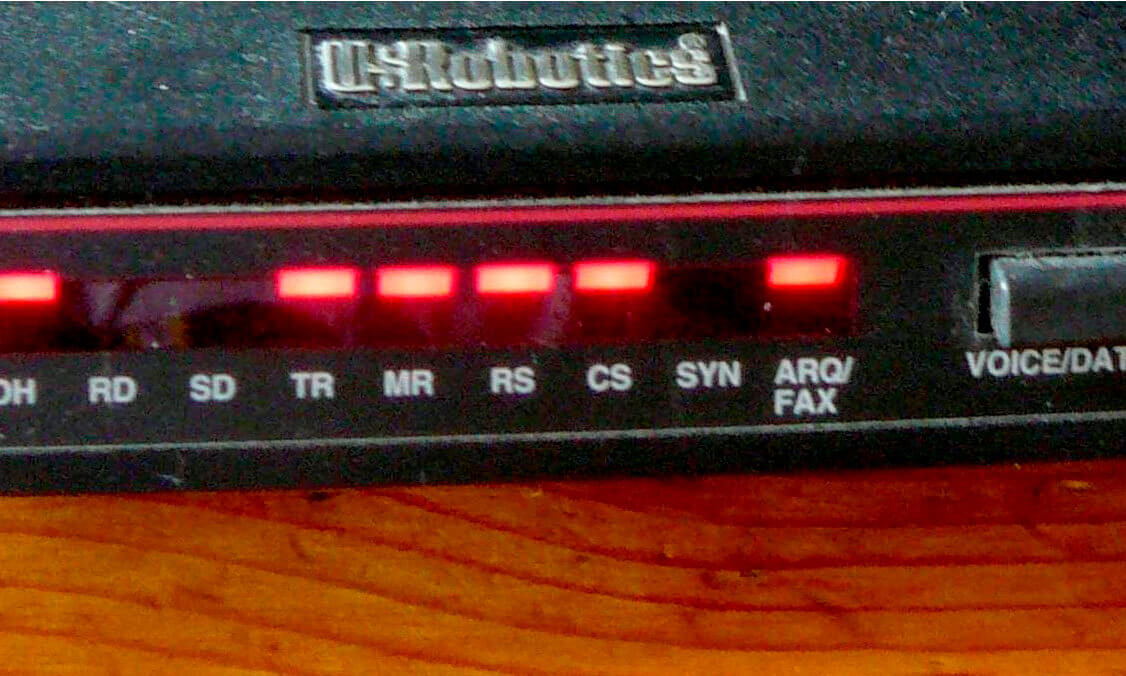Industry standard.
Had a great meeting with a new client not too long ago. Very smart. Very focused. Very imaginative. And not at all interested in the ‘industry standard’. I mean, why would someone who wants to throw a monkey wrench into everything that drives his industry—everything that represents the status quo he deals with every day—want to do anything ‘standard’?
I’ve also had some not-so-great meetings with a few suppliers recently. They’re also very smart. Also very focused. But as it turns out, some of them are not very imaginative.
Some of them seem to be kind of ‘standard’.
'Good enough' satisfies millions and millions of people every day.
When we engage external technical resources, as we do from time to time on extremely complex challenges, they typically start out by telling us how innovative, agile and iterative they are. That's what we hire. For a while, things go well and progress is made, but when we get to the point where we're pushing limits and going beyond comfort zones (aka innovating), the term ‘industry standard’ tends to show up. That's the term that expects us to believe that not-really-very-close-to-what-we're-trying-to-achieve solutions are as good as we’re going to be able to get. And that makes me a little crazy.
Now, I understand the concept of trying to balance 'fast' against 'great'. I understand that 'good enough' satisfies millions and millions of people every day. But it has never satisfied me, and I certainly don't understand 'fast and mediocre.' So it makes me a little crazy to waste time and resources implementing unacceptable solutions, that my partners and I are expected to settle for poor facsimiles of our vision, and that we're expected to compromise on things we hold central to our venture’s chances for success. And it makes me really crazy when, after we, shall we say, ‘vehemently express our dissatisfaction’, that more often than not, a way to execute against the original requirements is generated in short order. I mean, why not just start there and skip the frustration-inducing stuff?
Standard may be a short career.
When I started in the design business in the early 1980’s, I shared space with a pretty industry standard kind of guy. A typesetter. Sure, he was a great guy and I needed what he was selling, but it was pretty frustrating to work with a ‘state of the art’ system that was obviously inadequate. Partially because of the limitations of the technology but partially because of the less-than-flexible process employed, typesetting typically required hours and hours of expensive unacceptable (and hours and hours of pushing and demanding) to get to acceptable. As soon as a viable alternate means of type production became available (thanks Mr. Jobs!), that game changed forever. Today, typesetting is an occupation that for all intents and purposes no longer exists, because some smart, imaginative people got fed up with the industry standard and created a new way to get it done.
The industry standard airliner in 1936 was the Douglas DC-3.
The industry standard internet device in 1997 was the 56K modem.
Other than for nostalgic reasons, would you be interested in using either of those now?
Watch for the signs.
Innovation requires people who can imagine and invent, not just know. It requires people who look at 'what is' and who immediately begin to imagine 'what might be'. It requires people who have a mindset that continuously questions the status quo and who have the creativity and drive to improve on it. Those are the people I love to be around, both as clients and as suppliers.
So if I’m paying you (or you’re paying me) to help create something that doesn’t currently exist, the arrival of the term ‘industry standard’ is a signpost on the road to nowhere. Unless we consciously decide to take a different route, it’s just a matter of time until we get there.
By the way, The Industry Standard was also a print magazine that focused on technology and the dotcom industry. It went into bankruptcy in 2001 after a three year run.
